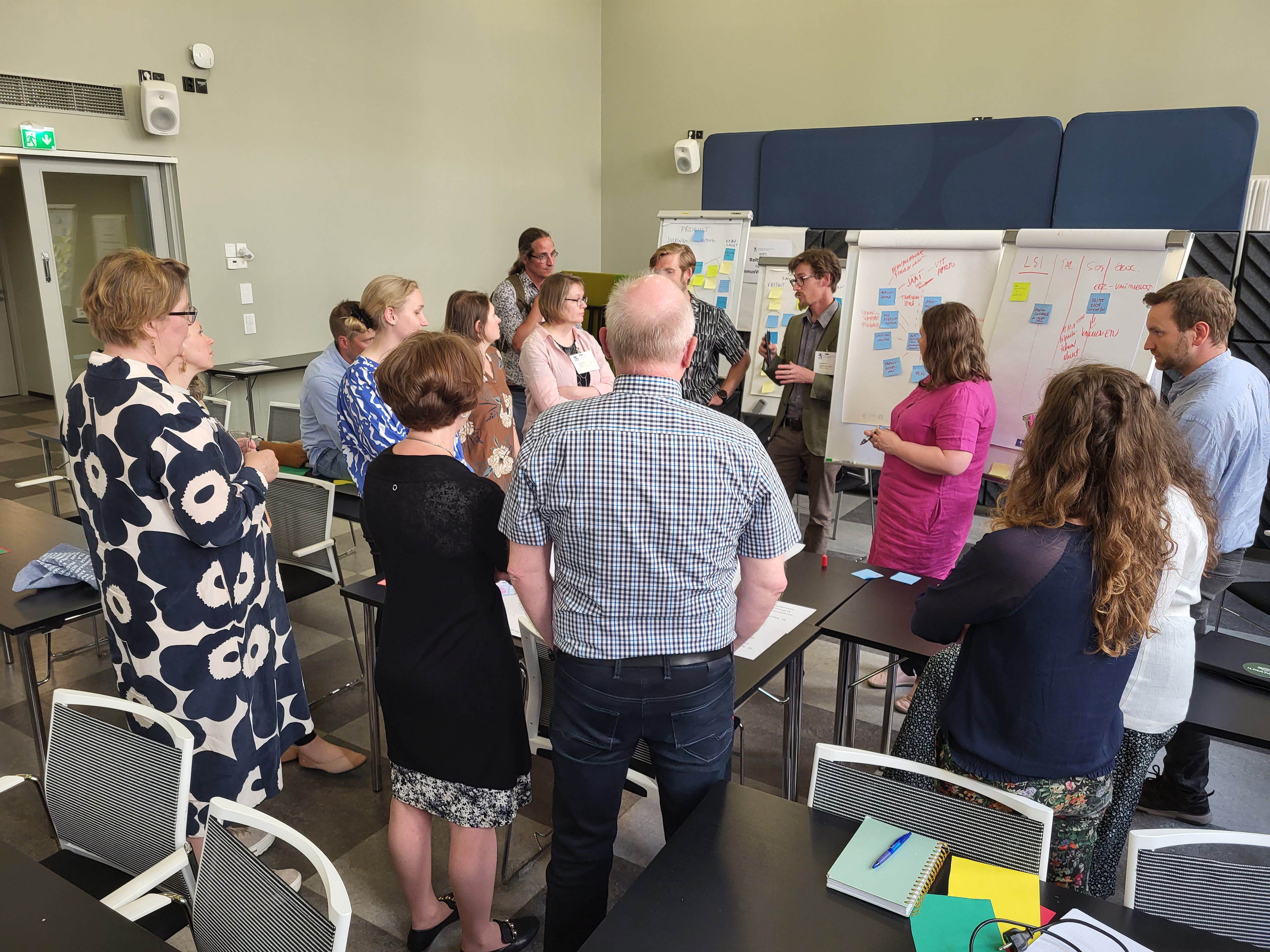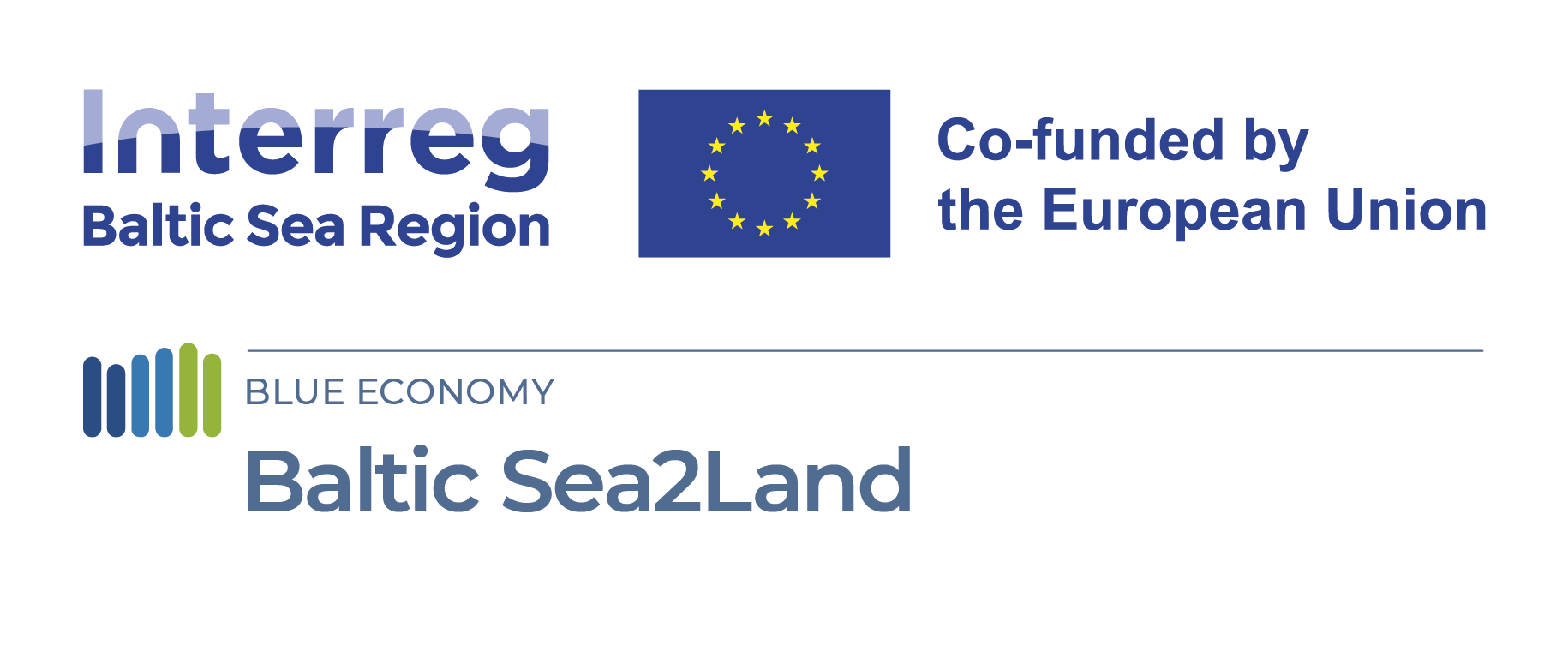The Coastal Strategy draft is open for comments from 6.7. – 15.9.2023!
The Coastal Strategy draft is open for comments from 6.7. to 15.9.2023.The aim of the Coastal Strategy, which has been renewed in extensive cooperation with the Ministry of the Environment, is to promote sustainable use of the coast in response to the threats of habitat loss, climate change and pollution. The Coastal Strategy guides coastal development and planning.
In early May, the new Coastal Strategy was presented at a webinar organised by the Ministry of the Environment. The Coastal Strategy refines the vision and measures for the coast in Finland’s Maritime Spatial Plan 2030. All the measures are made by stakeholders. The strategy focuses on a shared approach perspective: identifying key stakeholders and interaction points, places to work together and share information, and identifying steering tools. The content and responsibilities of these common measures will be fleshed out in action maps. This is based on a systems approach, which sees the coast as a system resulting from the interaction between man and nature.
The annex to the Coastal Strategy contains a large number of measures and will be implemented in partnership with five regional coastal councils and the Ministry of the Environment through the Interreg Baltic Sea2Land project. Pilots will be targeted at each marine planning area and one will be extended to national level in cooperation with the Ministry of Environment.
“Maritime Lapland has favourable conditions for wind power and a need for renewable energy. However, it is important to note that the development of offshore wind power requires careful coordination with, for example, maritime transport and fisheries. It is also important to take care of the valuable and fragile nature of the maritime area. The effects of offshore wind farms and electricity transmission cabling on fish migrating to feeding and spawning grounds, such as salmon and trout stocks, are extremely poorly understood,” says Minttu Peuraniemi, regional planner at the Regional Council of Lapland, adding that the Baltic Sea2Land project is of importance.
“The project will help us to bring together coastal partners with whom this harmonization and clarification can be done. Coordination is most effective when the sea and coastal area is considered as a larger entity together with the Council of Oulu Region and Regional Council of Ostrobothnia. It is also essential for the orderly development of offshore wind energy to involve the Swedish partners in the discussions.”
 Stakeholder involvement is at the core of the Coastal Strategy. Here planners and stakeholders discuss offshore windpower and fisheries MariPark concept. Picture Pirita Lindholm
Stakeholder involvement is at the core of the Coastal Strategy. Here planners and stakeholders discuss offshore windpower and fisheries MariPark concept. Picture Pirita Lindholm
The Coastal Strategy is a shared strategy and in order to raise awareness and thus use, it needs to be disseminated to stakeholders. The Ministry of the Environment will be responsible for monitoring and updating the strategy. The draft for the strategy is available here in finnish and swedish.
Coastal Strategy pilot areas and topics:
Regional Council of Kymenlaakso: Implementation of the coastal strategy in Kymenlaakso by strengthening blue-green corridors
Regional Council of Southwest Finland: Monitoring the status of the Archipelago Sea
Regional Council of Ostrobothnia, Council of Oulu Region and Regional Council of Lapland: Offshore windpower and migratory fish

